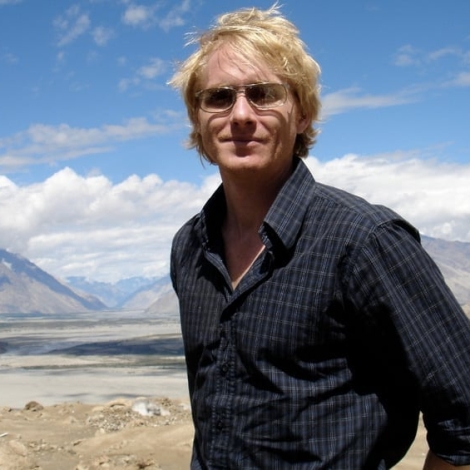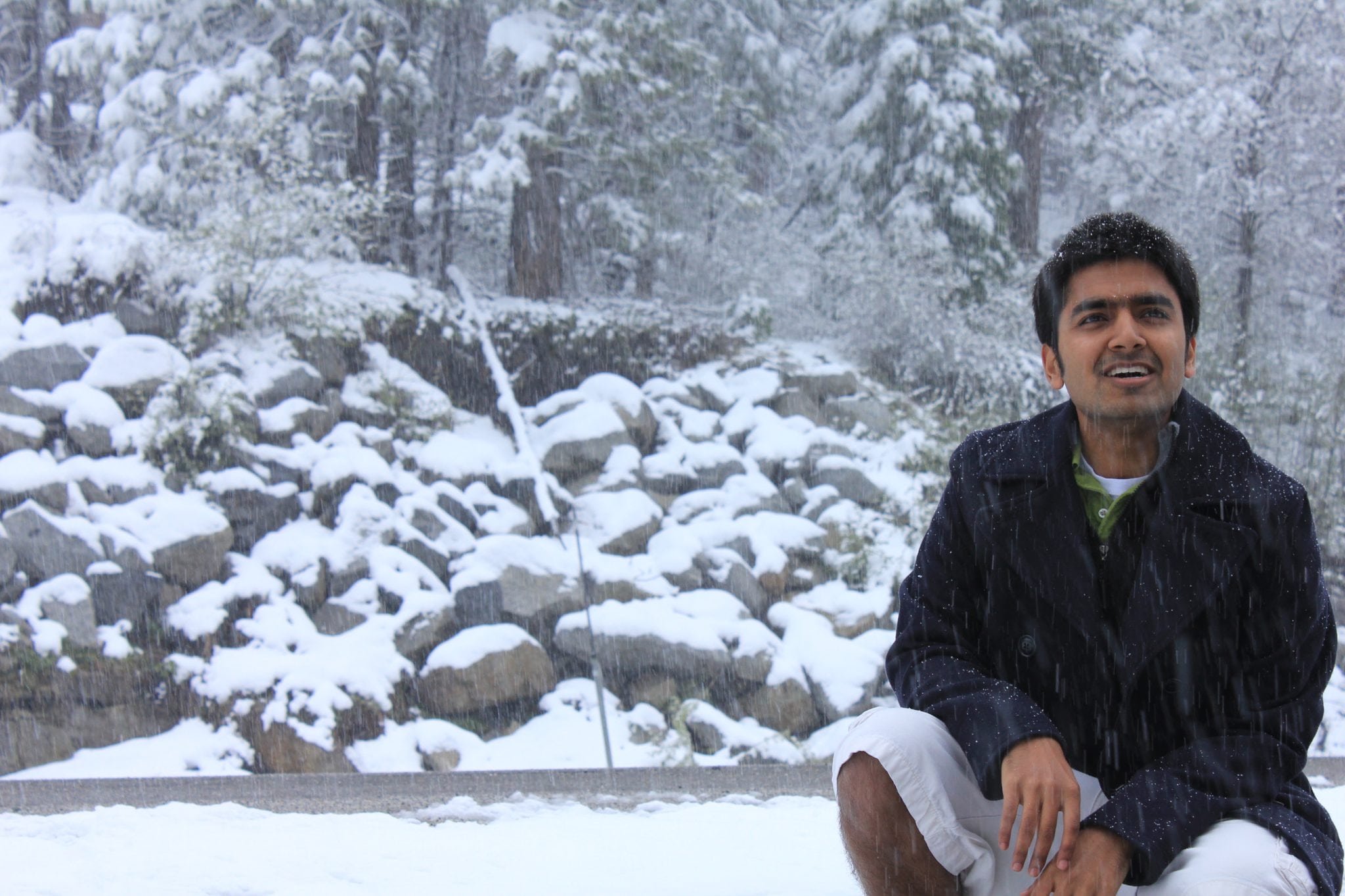“There is no solution to climate change that doesn’t involve emerging markets,” Damian Miller wrote in Renewable Energy Magazine in 2009 (pdf). The CEO of the solar energy company Orb oversees the development of unique solar water heaters and photovoltaic systems for sale in rural India. Whether compelled by solving climate change, or for compassion or for a jumble of reasons, Miller’s work has helped electrify some of the world’s most impoverished and isolated households. He does it with a network of sales and service representatives and financing from local banks. But not subsidies. In fact, he says that subsidies hurt the market.
Disdain for government assistance and support for solving climate change don’t often sit comfortably in the same mind. While Miller’s views seem to straddle political ideologies, his work is making the case. We asked Damian Miller five questions.
E4C: In your work, what has been one of the most instructive mistakes that you’ve made, and what did you learn from it?
DM: It’s important not to make decisions in the short-term that compromise you in the long-term. For example, we have sought to better control quality and service for our remote rural customers by adding a lot of supervisory field staff. This however, compromises the economics of the business. Ultimately the solar business is a commodity business – people want reliable energy at the lowest cost possible. That means you need to ensure your organization remains very lean as you grow. And it’s important to use IT to drive better visibility and, hence, management and productivity by the people that you have.
Another mistake is entering into the subsidy market. Here in India, and in many emerging markets, using subsidies to sell solar is difficult for one main reason: you will wait a very long time to actually receive your reimbursement from the government, and in the meantime, your working capital position is severely compromised. This means you are often better off to ignore the subsidy, and simply re-engineer your system to deliver a similar (if not equivalent) service without subsidy wherever possible.
Solar water heaters are already competitive with the alternatives for heating water and have one- to three-year payback without subsidies.
Solar in emerging markets does not need capital subsidies to diffuse. Solar water heaters are already competitive with the alternatives for heating water and have one- to three-year payback without subsidies. So why add them? Solar PV systems already compete with kerosene and diesel gensets (for day time load) so again, why add capital subsidies? I understand the rationale that if fossil fuels and grid electricity receive subsidies then so should solar, but in the end,that’s theoretical. In practice the administration of subsidies in emerging markets is not efficient and should disappear as a concept.
E4C: Are small, household- and community-sized power generators important to developing communities or are large centralized power plants the best hope for providing nearly universal access to power worldwide?
DM: It’s both. Centralized plants are obviously ideal for providing power to the national grid. It may not be base load (without storage) but it can help supplement the grid and provide peaking power. Decentralized solar solutions are key to providing power to areas where the grid has not reached (and likely will not reach for a while), and where the grid is highly unreliable. For example in the state of Bihar in India, rural areas are said to suffer with 18 hour power cuts a day on average. Solar competes very well in those situations as well. With regard to community-sized solar systems (mini-grids) vs. decentralized solar systems at the household level, we prefer the latter. Mini–grids are a very tough business model to make work. There is a lot of movement in this space now, but it’s hard to point to a viable business model that has emerged.
E4C: Would you share one prediction you have for the improvement of solar technology in the next 10 years?
DM: I made a prediction 10 years ago that poly/multi-crystalline would be able to keep pace with cost reductions in thin film. At the time people thought that the costs of poly/mono would bottom out at US $1.50 per Wp [Watt-peak], and would not go further. I thought that the companies could keep ‘working’ this technology to bring it below $1 per Wp. So I feel pretty good about that prediction.
I think the emergence of solar leasing is a critical innovation. Often it’s not just the technology but the finance that drives diffusion. Just think where cars would be today without finance.
Going forward, I have to admit that I don’t spend a lot of time looking at further improvements to solar PV technology. I think it’s the improvements in other complementary services or technologies that will enable solar PV technology to diffuse more quickly in the future. Specifically, I think the emergence of solar leasing is a critical innovation. Often it’s not just the technology but the finance that drives diffusion (just think where cars would be today without finance). The next area where we could see a revolution is in storage. We are increasingly using lithium ferrous batteries for our smaller PV systems, but over time I predict we will use them for all our systems (as a replacement to lead acid). Obviously coupling a solar system with storage brings benefits to both consumers who can retail to the utility at peak times, and to the utility itself, which can then better manage intermittency.
E4C: What were you doing the first time that you realized that you’re in the right line of work?
DM: I was sitting with a man on his porch in Sri Lanka. He was slightly disabled, but still able to sort through agricultural produce for a living. We discussed his solar system, and he explained to me how much it had made his work, and his livelihood easier, to have light at night from solar. He was able to work longer hours, more comfortably, and improve his earnings – thanks to solar. I just sat there taking it in, and feeling very grateful to have the chance to work in this space.
E4C: What is one of the promising trends that you see in power generation in developing countries?
DM: Technology that allows customers to ‘pay as they go’ for their solar systems. Companies in Africa that link up with existing systems and networks for mobile money seem to be having some initial success in financing solar for rural customers. The business models are still not proven, but it looks in Kenya, for example, where mobile money is already highly prevalent, that such an approach could be very successful.

